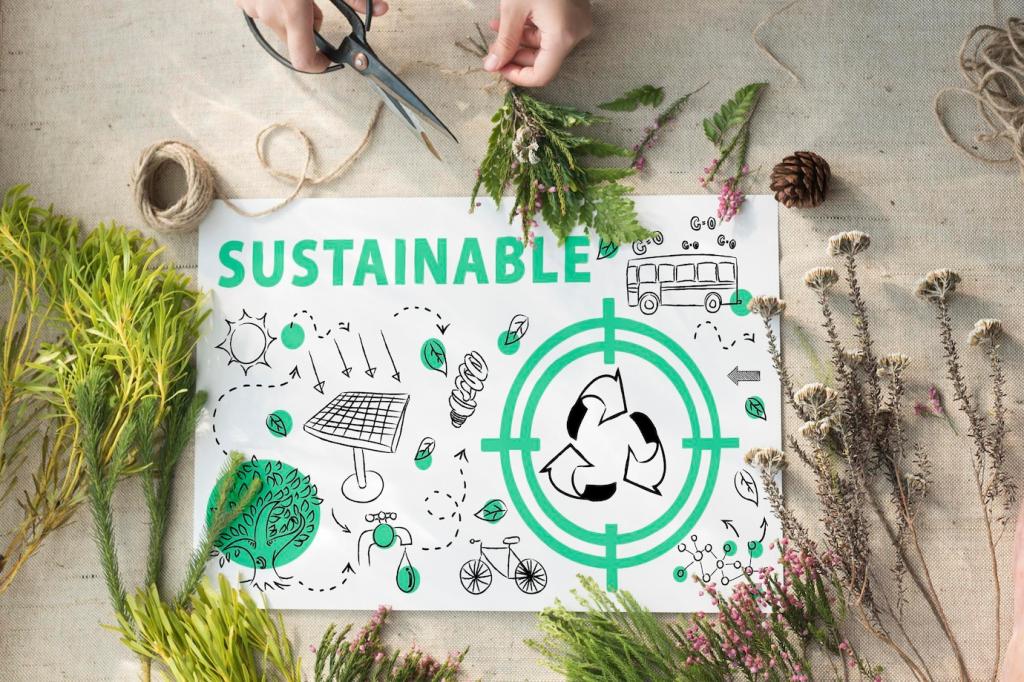Research That Fuels Truthful Copy
Map materials from extraction to end-of-life: farming or mining, processing, transport, packaging, use, care, and disposal or recycling. Note hotspots like dyeing or air freight. This clarity helps you write balanced copy that acknowledges trade-offs honestly. Ask readers which lifecycle stage confuses them most.
Research That Fuels Truthful Copy
Gather third-party certifications, testing reports, supplier declarations, and lifecycle assessments. Summarize methods plainly and link sources where possible. If documents are internal, cite names, dates, and auditors transparently. Encourage readers to request deeper data, and promise timely responses to strengthen accountability.





